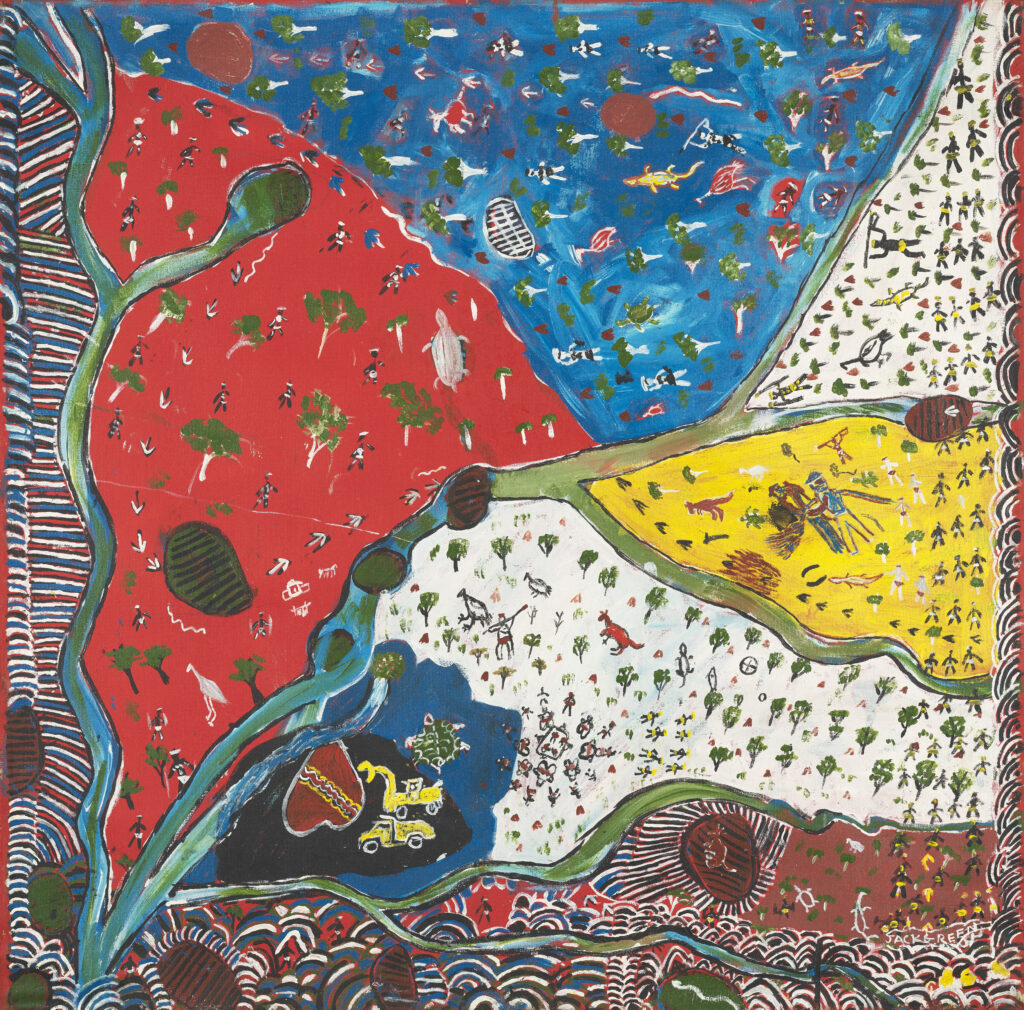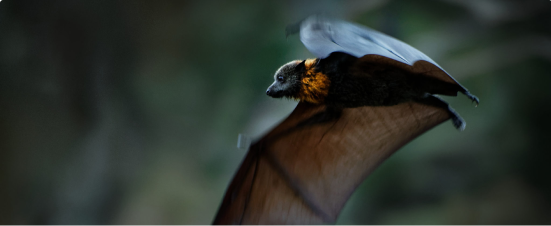EDO recognises the Traditional Owners and custodians of the land, seas and rivers of Australia. We pay our respects to Aboriginal and Torres Strait Islander Elders past and present and aspire to learn from traditional knowledge and customs so that, together, we can protect our environment and cultural heritage through law.
Our Reconciliation Action Plan
In August 2024, after almost three years of reflection and preparation, EDO began its first Reconciliation Action Plan (RAP), formalising our ongoing commitment to reconciliation and First Nations self-determination.
Endorsed by Reconciliation Australia, our Innovate RAP 2024-26 offers us a structured, nationally recognised framework to formalise our commitment to reconciliation.
Through this RAP, we are publicly committing to Reconciliation Australia, our clients, and to you, as part of our EDO community, that we will advance reconciliation and support First Nations self-determination. By doing so, we are joining a network of more than 3,000 organisations who have already made this commitment.
Our vision of reconciliation
Our vision of a reconciled Australia is one where the diverse voices of First Nations peoples, and their relationships to Countries, are prioritised and respected.
An Australia where, since time immemorial, the unique connections of First Nations peoples with their Countries and their expertise in protecting and caring for their Countries is a source of immense pride for all Australians.
Our RAP maps our path toward this vision over the coming two years.
Reconciliation is an ongoing journey that requires vigilance, self-reflection and accountability.
Our Innovate RAP reflects our commitment to building more respectful and meaningful relationships with First Nations communities, engaging staff more deeply in reconciliation, and embedding our RAP commitments into our core business.
We at EDO commit to:
- supporting the self-determination of First Nations peoples within EDO’s sphere of influence;
- working alongside First Nations peoples to recognise how colonisation harms or hinders protection of their Countries and cultures;
- sharing great pride in, and continuously learning about, the rich cultures, knowledges and connections of First Nations peoples; and
- centring the voice of First Nations peoples in all our work.
We are deeply grateful to the many people who helped EDO reach this milestone in our reconciliation journey and shaped our inaugural RAP, especially EDO’s First Nations Strategic Advisory Committee and First Nations staff who have generously shared their ideas and expertise.
We look forward to implementing our Innovate RAP and working toward a more reconciled Australia.
Artist Acknowledgement
EDO would like to express our deep gratitude to Garrwa and Marra man Jack Green for his artwork, Everywhere, all around us are the Dreaming Tracks and Sacred Sites (2023), featured on the cover of our inaugural RAP.

by Garrwa and Marra man Jack Green
Jack was born in 1953 under a coolabah tree in a creek-bed on Wakaya Country at Soudan Station, a pastoral property in the Northern Territory, where his parents were working and living. Jack’s homeland is situated in the Garrwa Country near Robinson River in the southwest Gulf of Carpentaria region.
“I started painting so I can get my voice out. I want to show people what is happening to our Country and to Aboriginal people. No one is listening to us. What we want. How we want to live. What we want in the future for our children. It’s for these reasons that I started to paint. I want government to listen to Aboriginal people. I want people in the cities to know what’s happening to us and our Country.”
Garrwa and Marra man Jack Green
Jack has been represented in many national exhibitions and awards. His work is also held in a number of significant private and public collections, including the Australian War Memorial and the Australian National University Art Collection.





